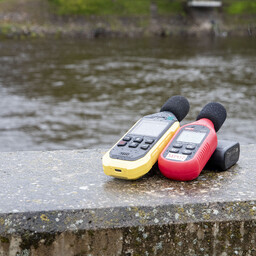On Wednesday, the nationwide emergency alert system EE-Alarm was tested for the first time. Sirens were activated in 22 settlements and their surrounding areas. Only 72 percent of the sirens worked, with 10 percent of them being delayed. The sound volume was lower than planned, announced the Ministry of the Interior.
Sirens were partially activated in Haapsalu, Paldiski, Maardu, Narva, Pärnu, Rakvere, Kuressaare, Saku, Tallinn, Tapa, Tartu, Valga, and Viljandi. Sirens did not activate in Jõhvi, Kohtla-Järve, Luunja Parish, Põlva, Laagri, and Saue.
Timmo Tammemäe, a technical expert from the Ministry of the Interior, stated that 72 percent of the sirens worked well or with a slight delay. The exact reasons why some sirens did not work are still under investigation. The issue is likely in the software. We will analyze thoroughly and resolve the issues already this week.
The Rescue Board also received feedback that the sound volume of the sirens was not strong enough. The sound did not carry far, and some sirens made noise. Tammemäe said that the sound volume was 72 percent of the maximum. The reason was a change in sound volume during the software file exchange. Originally, the sound volume was planned to be 90 percent.
Tammemäe apologized to the people who wanted to hear the siren. This was the first time the entire emergency alert system was tested. The first time had its difficult lessons, but such a test was very important. We found critical issues to ensure the system’s reliability in a crisis. Such exercises are necessary to be prepared for a crisis.
In cooperation with the Rescue Board and other partners, the system’s performance will be assessed in the coming weeks. Critical fixes and developments have already begun. The emergency alert system has been built over the last couple of years. It consists of mobile apps, notifications on ERR channels, a siren network, and area-based SMS alerts.

